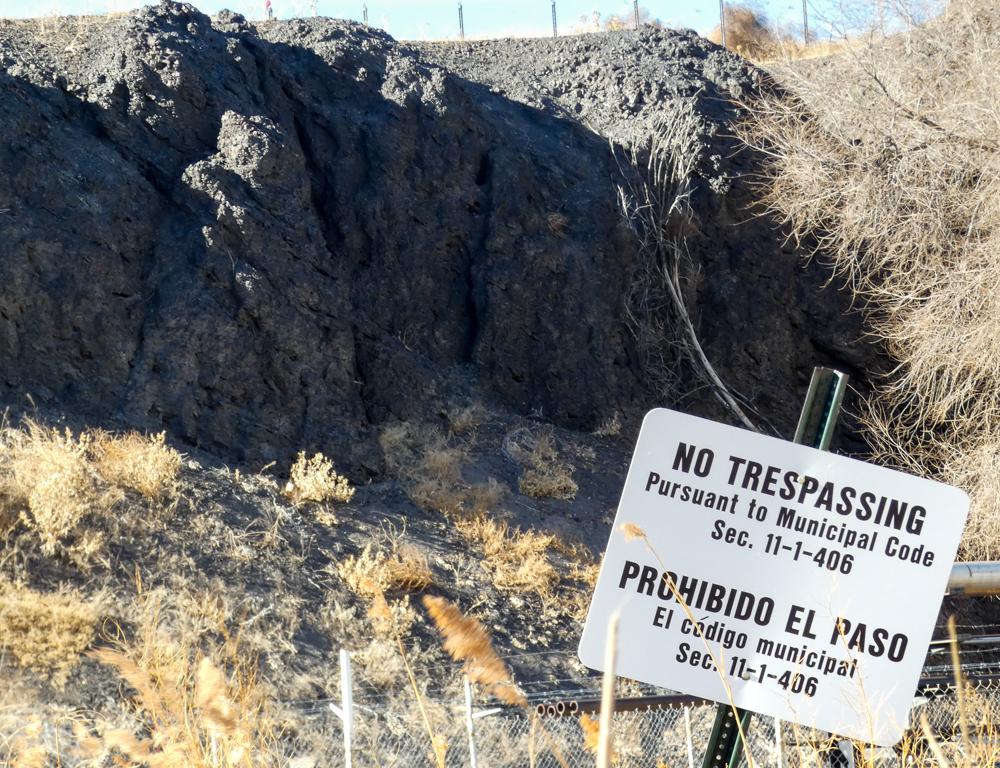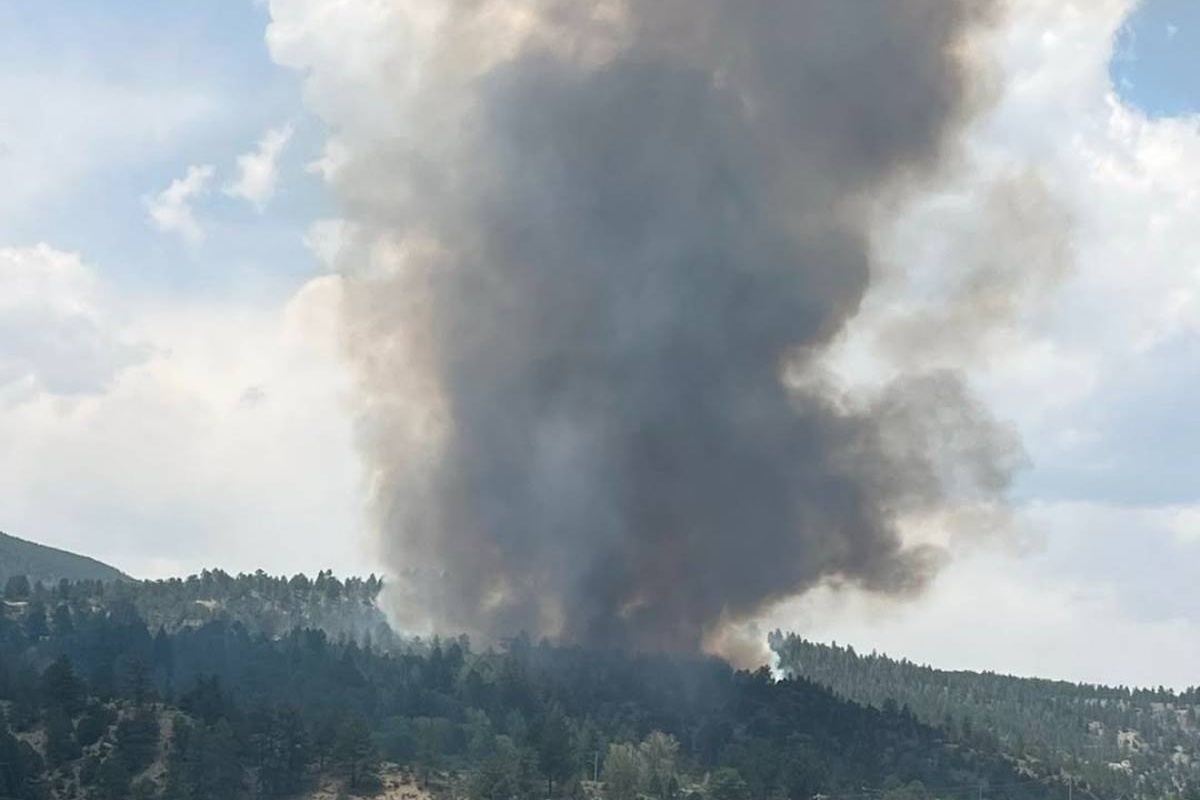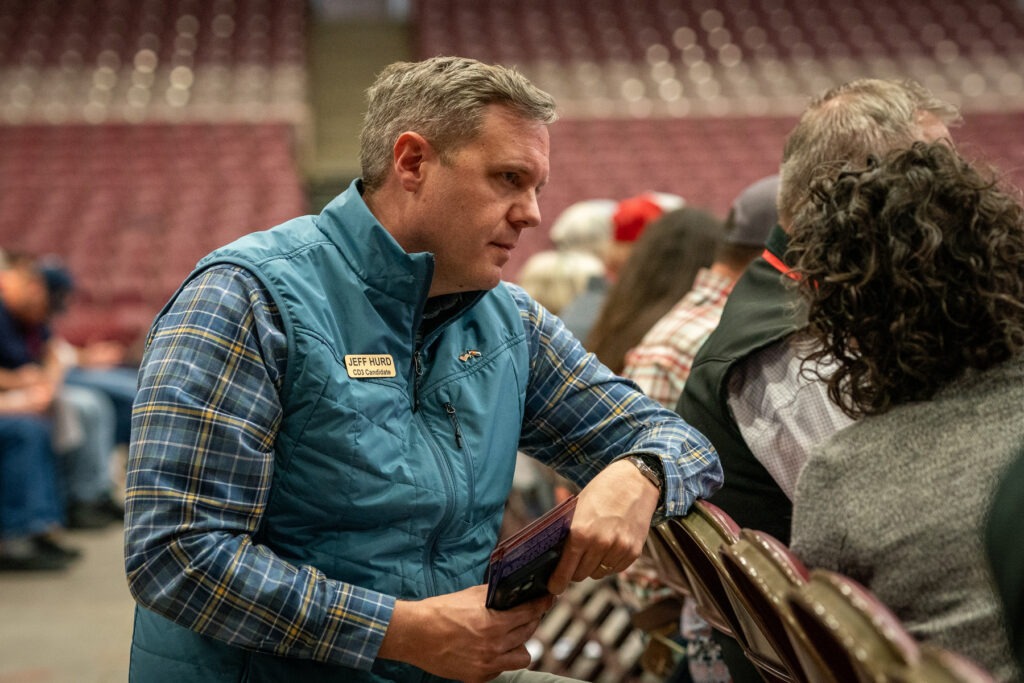
The Environmental Protection Agency is issuing a “last call” to get soils around homes tested for toxins in the Colorado Smelter Superfund area. The agency’s soil clean-ups of contaminants around residences in the south Pueblo site is expected to end later in 2022, but there’s still much work left to do after that.
When the former silver and lead smelter shut down in 1908, it left behind lead and arsenic, along with a massive 700,000 square foot slag pile and what remains of the building, demolished in 1923.
Preliminary surface soil and water sampling in the former smelter’s footprint is helping create a bigger picture of what’s going on there, according to EPA’s Beth Archer.

“What are the contaminants? What are they doing? How are they interacting with each other?” How are they interacting with people, plants, animals, the environment?”
Additional analysis of the slag, soils deeper than 24 inches and groundwater is planned, but currently slowed due to budget constraints. Completion of the entire project, including clean up, is likely to take years.
The site was listed on the National Priorities List as a Superfund site in late 2014 and was recently expanded to total more than 1,800 properties around the former smelter and the industrial area itself. Since then, outdoor soils have been sampled from more than 1,660 properties and nearly 700 needed to have the contaminants removed. This part of the work moved more quickly than originally planned, due to additional funding for the $75 million project.
Once the residential clean ups end next year, the agency says it will no longer cover the costs for testing and removing the toxic lead and arsenic from affected properties. They estimate the costs for that work at upwards of $50,000 per property and say not getting it done might cause difficulties in future real estate transactions.
EPA has also been working with state and local health departments to sample and test indoor dust at properties in the Superfund area. So far more than 1,100 homes have been tested and almost 300 have had indoor clean ups completed. This part of the work was slowed due to the pandemic and will continue into 2023.









